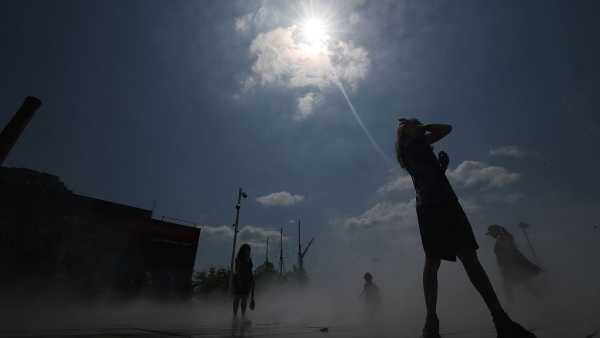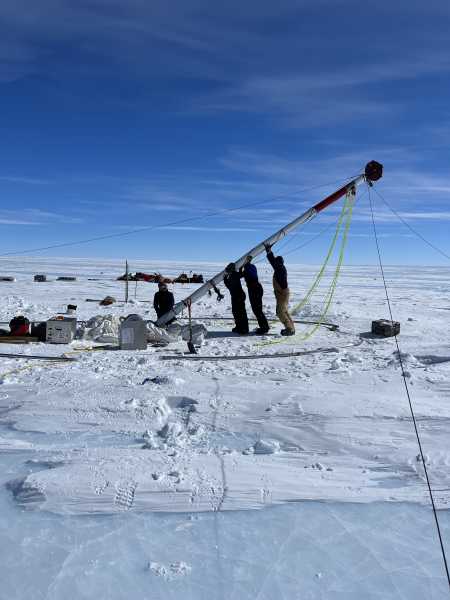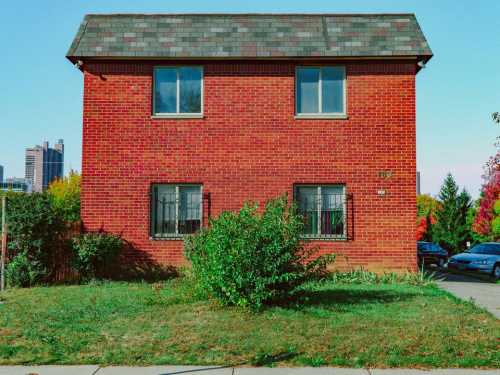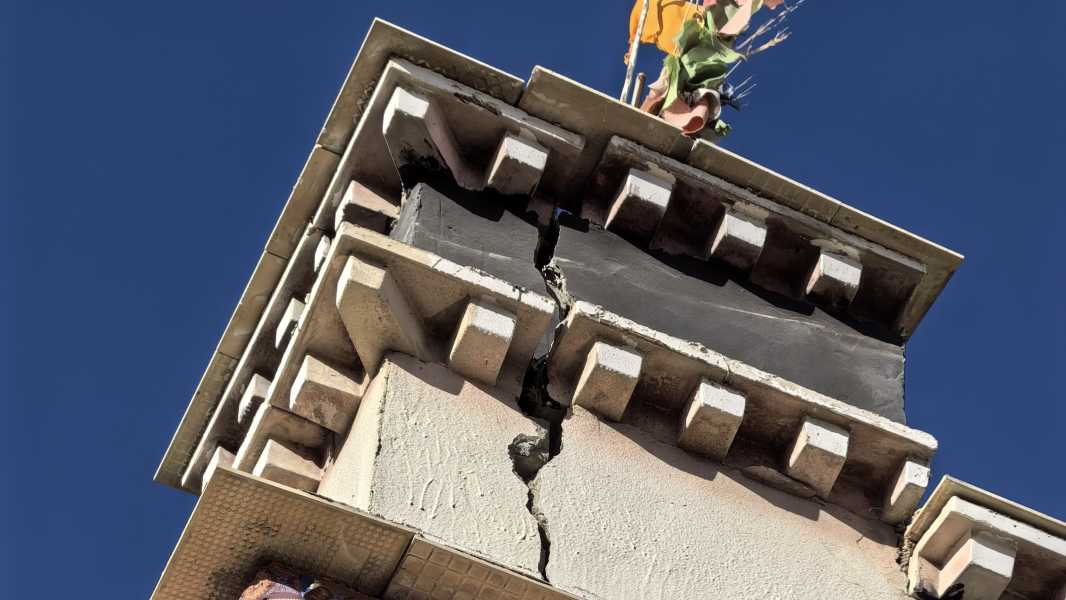
A crack appears on the wall of a building damaged by an earthquake in Tibet on January 7. (Image credit: VCG/Contributor via Getty Images)
A deadly 7.1 magnitude earthquake struck one of Tibet's holiest cities on Tuesday morning (January 7).
The quake struck at 9:05 a.m. China Standard Time (8:05 p.m. ET on Jan. 6), according to Chinese state media. At least 95 people were reported dead and 130 injured by 3 p.m. local time (2 a.m. ET).
Chinese authorities reported a magnitude of 6.8, but the US Geological Survey (USGS) put the value at 7.1.
The epicenter was near Dingri County in the holy city of Shigatse (Xigaze), which is part of the Tibet Autonomous Region in southwest China.
Chinese President Xi Jinping ordered “all possible measures to save lives and minimize losses,” Chinese state media reported.
About 6,900 people live within 12.4 miles (20 km) of the latest quake's epicenter. Preliminary checks showed more than 1,000 buildings were damaged, some completely collapsed. More than 1,500 firefighters and rescuers were dispatched to the affected areas on Tuesday morning, Chinese state media reported.
The main quake in Tibet was followed by multiple aftershocks, some measuring up to 4.4 in magnitude. Neighbouring countries Nepal, Bhutan and India also felt the tremors, according to Sky News.
“Several potentially damaging aftershocks have already been recorded in the area and more are expected to occur,” a British Geological Survey spokesperson told Live Science in an email.
The spokesman noted that most earthquakes are accompanied by aftershocks, and the rule is usually that the stronger the main earthquake, the stronger and longer the aftershocks.
“The tremors could be felt in the region for several months, which could have a significant impact on local residents, but the number of tremors expected should decrease significantly after a few days,” the spokesman added.
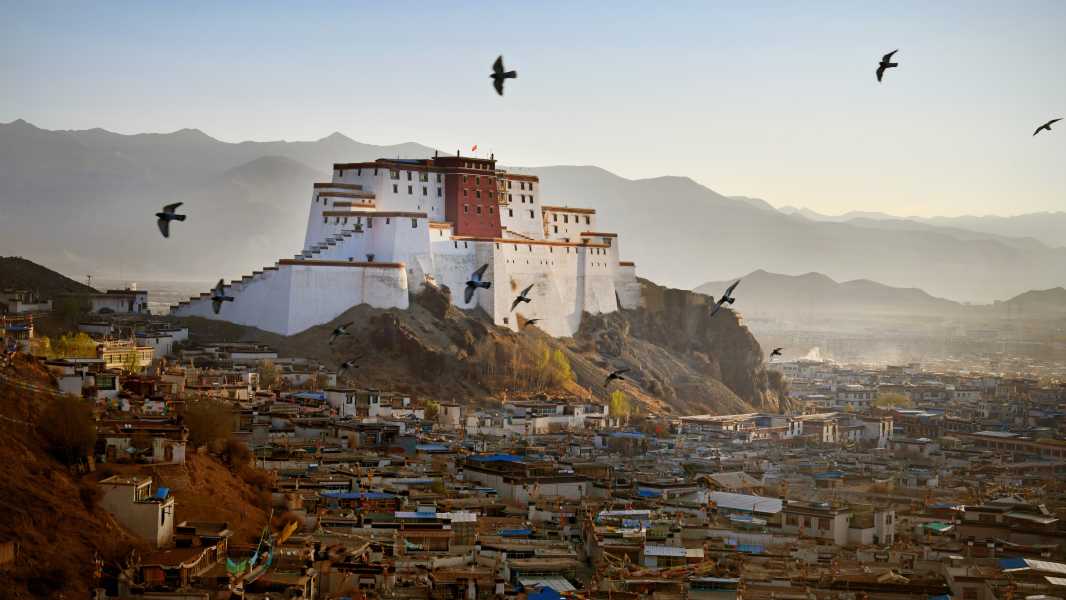
Photograph of Shigatse in Tibet before the January 7 earthquake.
Earthquakes occur when two blocks of land slide past each other along fault lines — zones between the blocks. According to the USGS, such fault events in Tibet typically span an area about 28 miles (45 kilometers) long and 12 miles (20
Sourse: www.livescience.com


